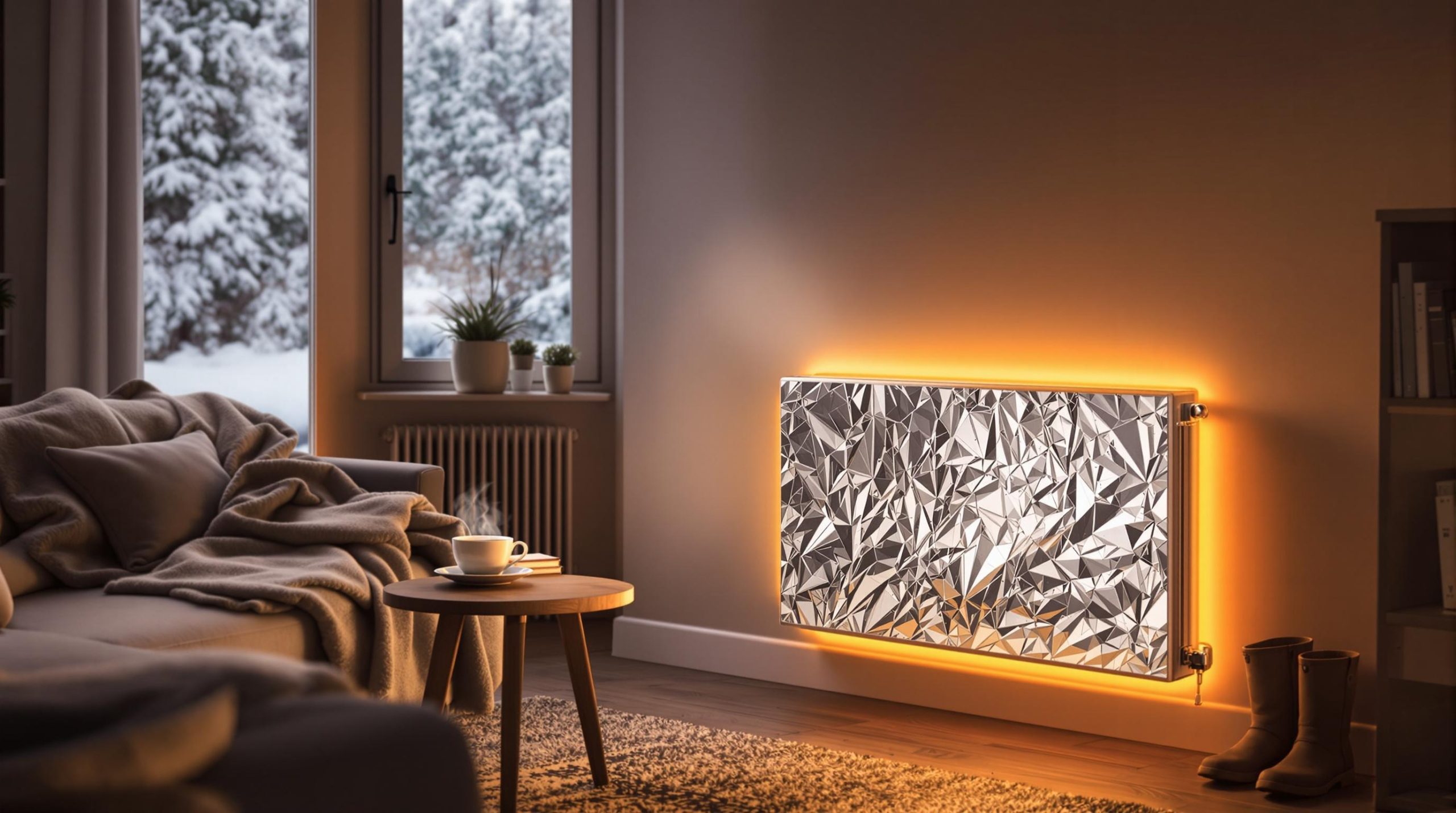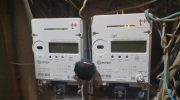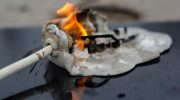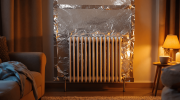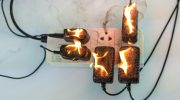Beating the Canadian Chill: A Ukrainian Heating Hack That Actually Works?
Canadians know a thing or two about battling the cold. From layering up in parkas to embracing the warmth of a crackling fireplace, surviving the frigid winters is practically a national sport. But one Ukrainian heating trick, passed on to me by my neighbor, has proven surprisingly effective: the humble mirror heat reflector. And the secret ingredient? Aluminum foil.
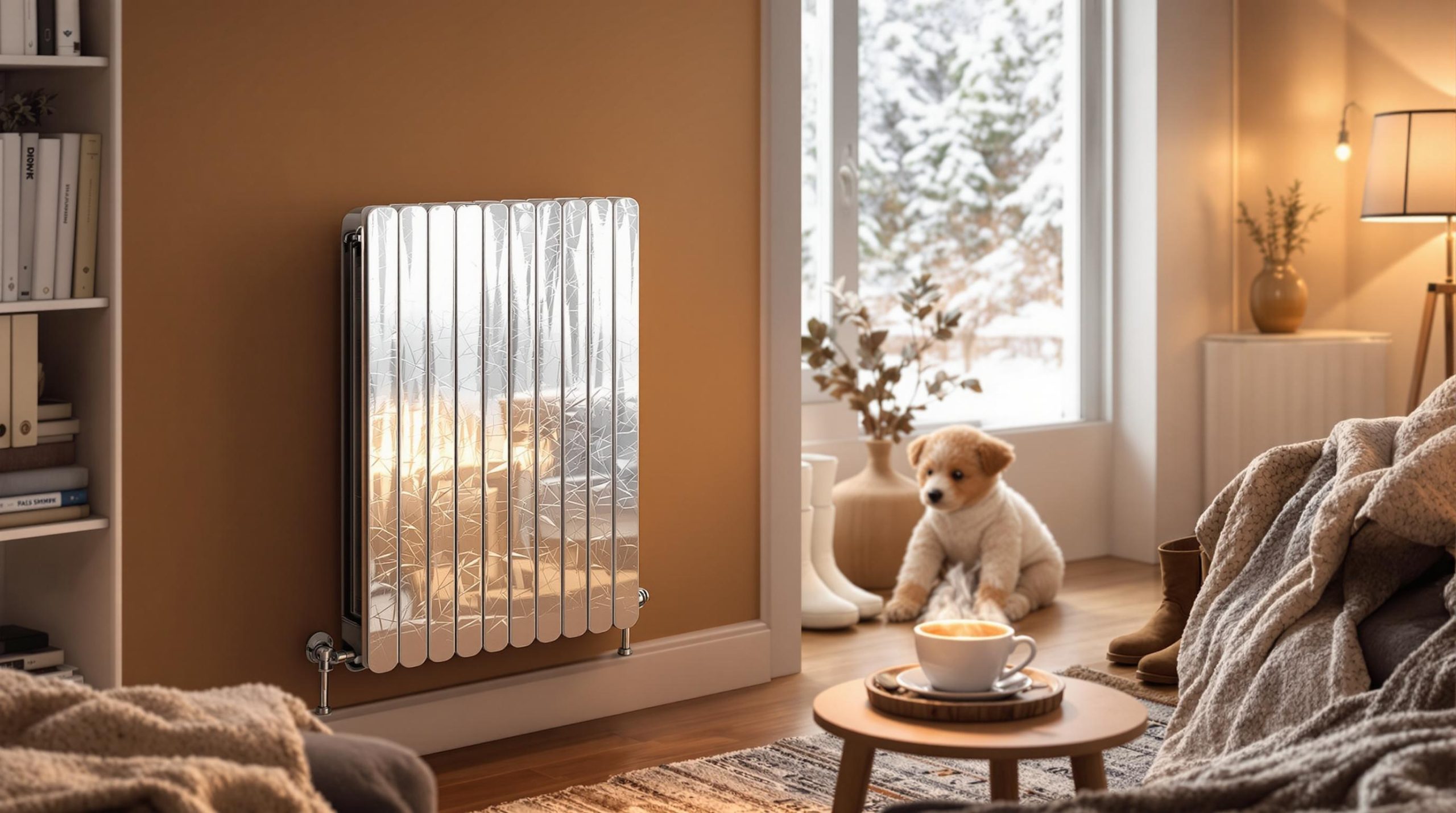
The concept is simple: radiators, while effective, radiate heat in all directions, including towards the wall behind them. This heat is essentially wasted, absorbed by the wall instead of warming the room. A reflector, placed behind the radiator, aims to bounce that wasted heat back into the room, maximizing its warming potential. My neighbor, a recent immigrant from Ukraine, swore by this method, claiming it was a common practice back home. Intrigued, I decided to put it to the test.
The DIY Setup:
The materials are readily available and inexpensive: a piece of cardboard or plywood slightly larger than the radiator, some aluminum foil, and some tape (foil tape is ideal, but any strong tape will do). The process is straightforward:
-
Prepare the Reflector: Cut the cardboard or plywood to the desired size. This will act as the base for the reflector.
-
Apply the Foil: Cover one side of the board with aluminum foil, shiny side facing outwards. Secure the foil with tape, ensuring a smooth, reflective surface. The more reflective the surface, the better the reflector will work.
-
Position the Reflector: Place the reflector behind the radiator, with the foil side facing the room. You can lean it against the wall or attach it with brackets. The key is to create a small air gap between the reflector and the wall to prevent heat buildup.
The Results: Noticeable Warmth
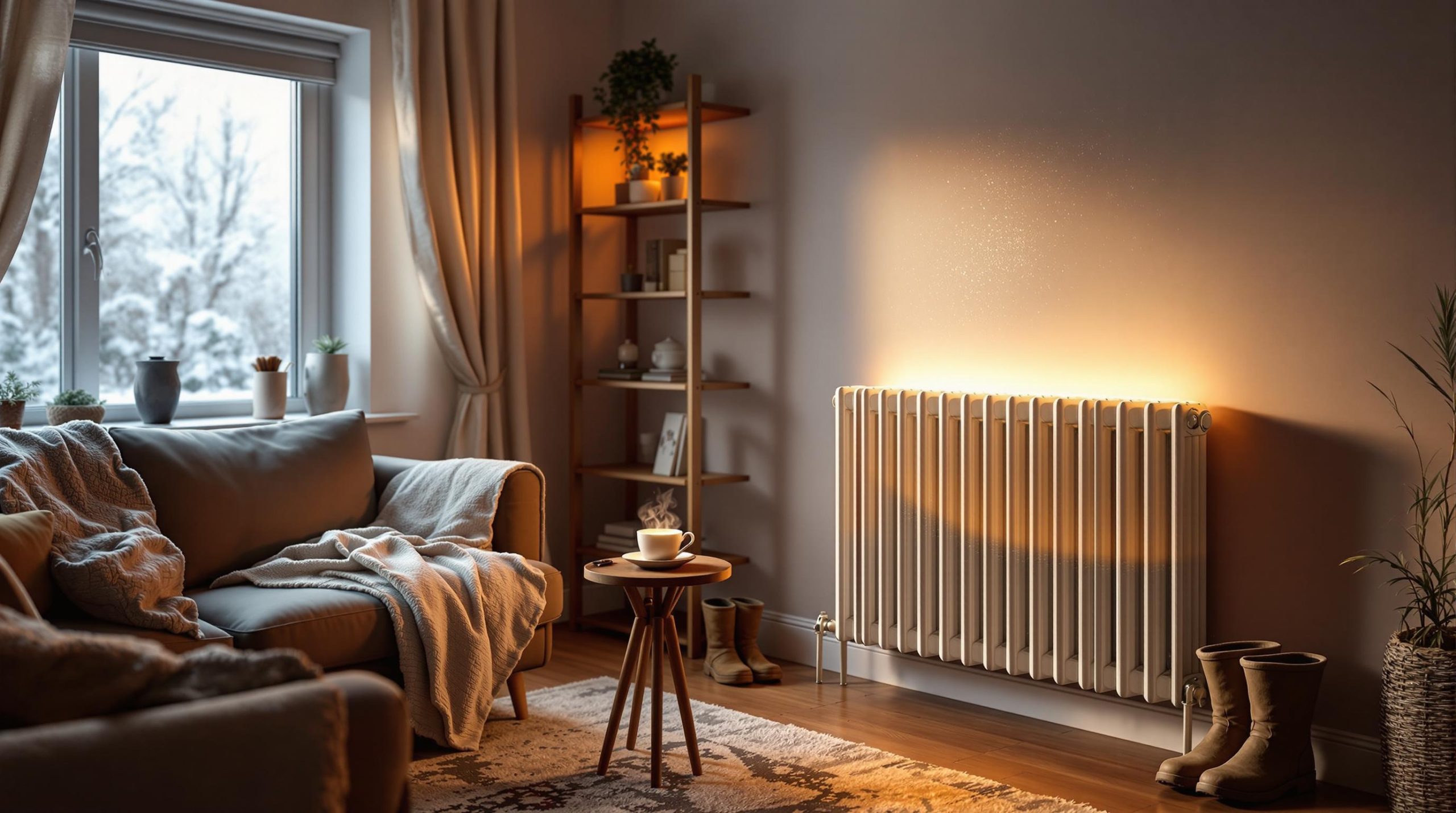
I was initially skeptical. Could something so simple really make a difference? The answer, surprisingly, was yes. After installing the reflectors, I noticed a definite improvement in the room’s warmth. The heat seemed to radiate more effectively, and the room reached a comfortable temperature more quickly. It wasn’t a dramatic transformation, but the difference was noticeable enough to make me a believer.
The Science Behind the Trick:
While not scientifically measured in my home experiment, the principle behind the reflector is sound. Aluminum foil is an excellent reflector of heat. By placing it behind the radiator, you’re essentially creating a mirror for heat, redirecting it back into the room. This prevents the wall from absorbing the heat and allows the radiator to work more efficiently.
A Ukrainian Tradition:
My neighbor explained that this method is quite common in Ukraine, where energy conservation is often a necessity. It’s a practical and affordable way to maximize the effectiveness of heating systems, especially in older buildings with less insulation.
A Canadian Adaptation:
While Canadians generally have access to well-insulated homes and efficient heating systems, the mirror heat reflector can still be a valuable addition, especially in drafty older houses or rooms that tend to be colder. It’s a simple, low-cost way to supplement your existing heating system and potentially save on energy costs.
The Verdict:
The Ukrainian mirror heat reflector is a surprisingly effective and simple way to boost the warmth of your radiators. While it’s not a magic bullet for beating the Canadian cold, it’s a clever hack that can make a noticeable difference. So, before you crank up the thermostat, consider giving this Ukrainian trick a try. You might be surprised by the results.

